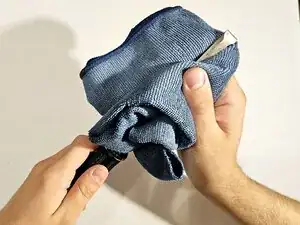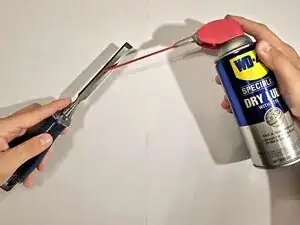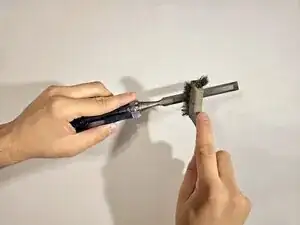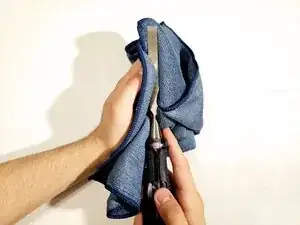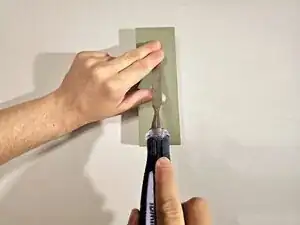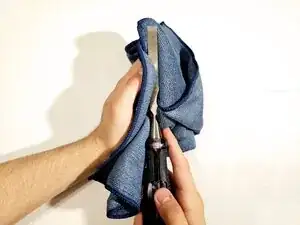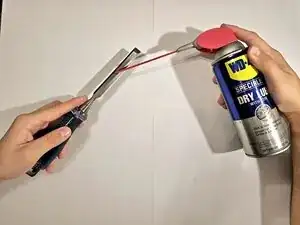Introduction
Over time, chisels can become dull or damaged, especially if they've been neglected in the toolbox. This guide not only guides you on how to revive dull or old chisels but also ensures they stay sharp and ready for those who value and wish to preserve their cherished tools.
Before you dive in, it's important to understand why sharpening and maintaining chisels is crucial. Dull chisels not only make your work more difficult, but they can also be dangerous—they require more force to use, are more prone to slipping, and can lead to injury.
Throughout this guide, we'll cover everything you need to know: from the tools and materials required to the step-by-step process of sharpening chisels effectively.
Tools
-
-
Use water or a mild cleaning solution with a rag or sponge to remove any grime or dirt from the chisel.
-
-
-
Soak the wet sharpening stone with water for a couple of minutes and place it on a flat surface.
-
Hold the chisel at a 20-degree angle and push it forward against the stone to grind the edge. After each stroke, lift the chisel and return it to the starting position.
-
Repeat this motion on both sides of the stone until the chisel reaches your desired sharpness.
-
-
-
With a rag, carefully wipe of any debris and metal shaving possible left on the chisel.
-
Apply a small amount of WD-40 to protect the metal from rust.
-
After you follow all these steps, you should have a nice, clean chisel
